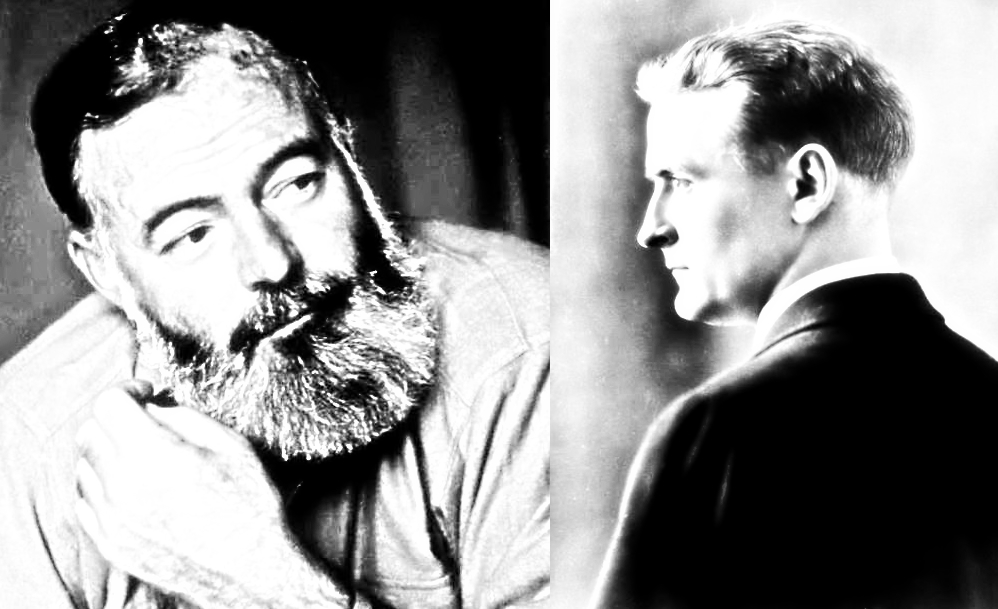Poisonous tomatoes, uncleanly hygiene, murderous torture, and a flat Earth. All of these things seem to tell us about medieval times, but they aren’t actually quite true.
Today on the blog, we are going to analyze some fallacies of the middle ages to see how they compare and contrast to what we know of the era.
Fallacies
1. Droit du seigneur
A tragic and violent moment in the film Braveheart (1995) is when a woman in William Wallace’s clan is kidnapped by British soldiers and taken by the local lord due to prima nocta, or the right of lords to sleep with peasant’s wives on their wedding night. The reason for this action in the film was for dominance and to show ownership over every aspect of the subject’s life.
However, there are no recorded cases of this every actually happening.
In A Connecticut Yankee in King Arthur’s Court, Hank Morgan discusses a prisoner in Morgan le Fay’s prison who relates to this myth:
“She was a commoner, and had been sent here on her bridal night by Sir Breuse Sance Pite, a neighboring lord whose vassal her father was, and to which said lord she had refused what has since been called le droit du seigneur, and, moreover, had opposed violence to violence and spilt half a gill of his almost sacred blood” (Twain).
So, perhaps Hank’s case is the only reported case in (fictitious) history.

2. Torture in the dungeon
While it can be debated that medieval kings and lords were cruel (certainly a product of their habitat), the implementation of complex torture devices like the Iron Maiden actually occurred much later than the medieval era. The rack used by Morgan le Fay might have been put into play in fiction, but its existence is actually impractical when oubliettes, dungeons, and the threat of execution were much more successful in punishing one’s enemies.
Yet, the rack is on record (The Duke of Exeter’s Daughter), but their widespread usage may be propagated in modern media as its implementation didn’t start until the “end of the 15th century” (Live Science).
As Hank Morgan states in the novel upon seeing a man on the rack:
“As we entered the rack-cell I caught a picture that will not go from me; I wish it would. A native young giant of thirty or thereabouts lay stretched upon the frame on his back, with his wrists and ankles tied to ropes which led over windlasses at either end. There was no color in him; his features were contorted and set, and sweat-drops stood upon his forehead” (Twain).
Certainly an aggressive description of a tool not yet devised.
3. People were incompetent boobs
It is much to Hank Morgan’s chagrin and observation that most of the people he crosses are either ignorant, uneducated, or misinformed (or all three). As such, he has a very low opinion of the citizens, lords, kings, and queens he happens across in his travels.
Nevertheless, regardless of Hank’s criticisms of King Arthur’s realm–knowledge actually grew in civilization in the middle ages.
“Literacy rates gradually increased during the middle ages alongside the establishment of monasteries, convents, and universities,” states Ted Ed. “Ancient knowledge was also not lost. Greek and Roman texts continued to be studied.”
As Hank remarks of the peasants who live in an oppressive society: “Their entire being was reduced to a monotonous dead level of patience, resignation, dumb uncomplaining acceptance of whatever might befall them in this life. Their very imagination was dead. When you can say that of a man, he has struck bottom, I reckon; there is no lower deep for him” (Twain).
So, while it might be true that ignorance was prevalent during these times–and why not?–it is not fair to say that the society as a whole was completely dumbstruck by their own inability to comprehend even basic thought.
Conclusion
While I love Twain’s satiric wit, it’s also important to rationalize how we ourselves as a society reached a more technologically-advanced age.
Of course, we can’t assume that a society of imbeciles can begat innovation necessarily, as it takes the evolution of ideas to come to greater conclusions about the world around us, which advertently and inadvertently advances cultural hierarchy, the treatment of prisoners, and the power of knowledge.
Works Cited
“Medieval Torture’s 10 Biggest Myths.” Live Science. Aug. 02, 2006. Web. https://www.livescience.com/11338-medieval-torture-10-biggest-myths.html
Project Gutenberg. (n.d.). A Connecticut Yankee in King Arthur’s Court. The Project Gutenberg eBook of A Connecticut Yankee in King Arthur’s Court, by Mark Twain. https://www.gutenberg.org/files/86/86-h/86-h.htm
Smith, Stephanie. “Six myths about the middle ages that everyone believes.” TedEd. Web. https://ed.ted.com/lessons/6-myths-about-the-middle-ages-that-everyone-believes-stephanie-honchell-smith#review







